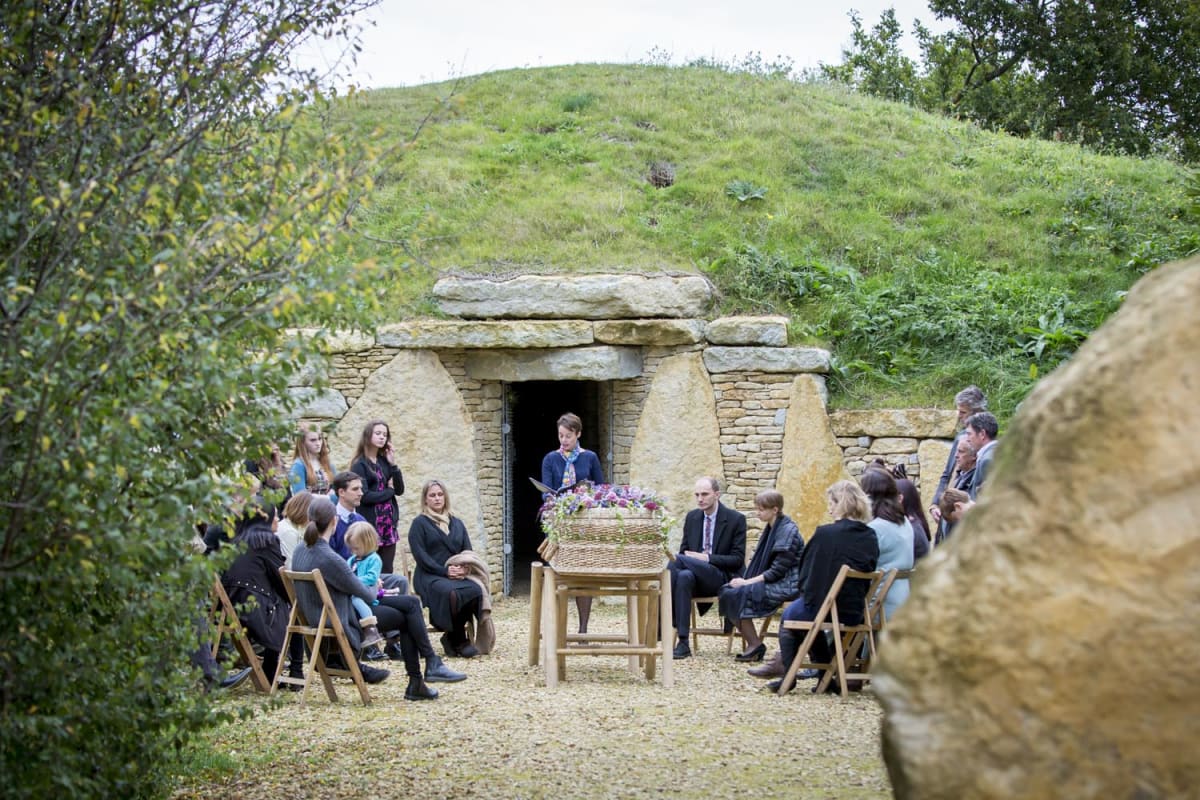
Deep in the Cambridgeshire countryside, an idyllic spot hosts the Willow Row round barrow. Built by Sacred Stones, the earth-covered stone chamber is a stunning tribute to the beauty of our prehistoric burial practices …
Scattered across Britain, the original barrows belong to the oldest surviving architectural tradition in England. These atmospheric stone and earth burial mounds were used over thousands of years by our ancestors, guarding the remains of men, women and children and playing host to important ceremonies.
More than 150 long barrows survive to this day – often visited, but no longer playing the same vital role in local communities. Yet with the help of a company called Sacred Stones, that is changing, as the team build the first new barrows in the UK for thousands of years.
Tucked away in secluded rural locations, Sacred Stones’ beautiful contemporary barrows offer modern families the opportunity to take part in an ancient tradition – and make it their own.
“A calm and natural environment to commune, memorialise, educate and celebrate life.”
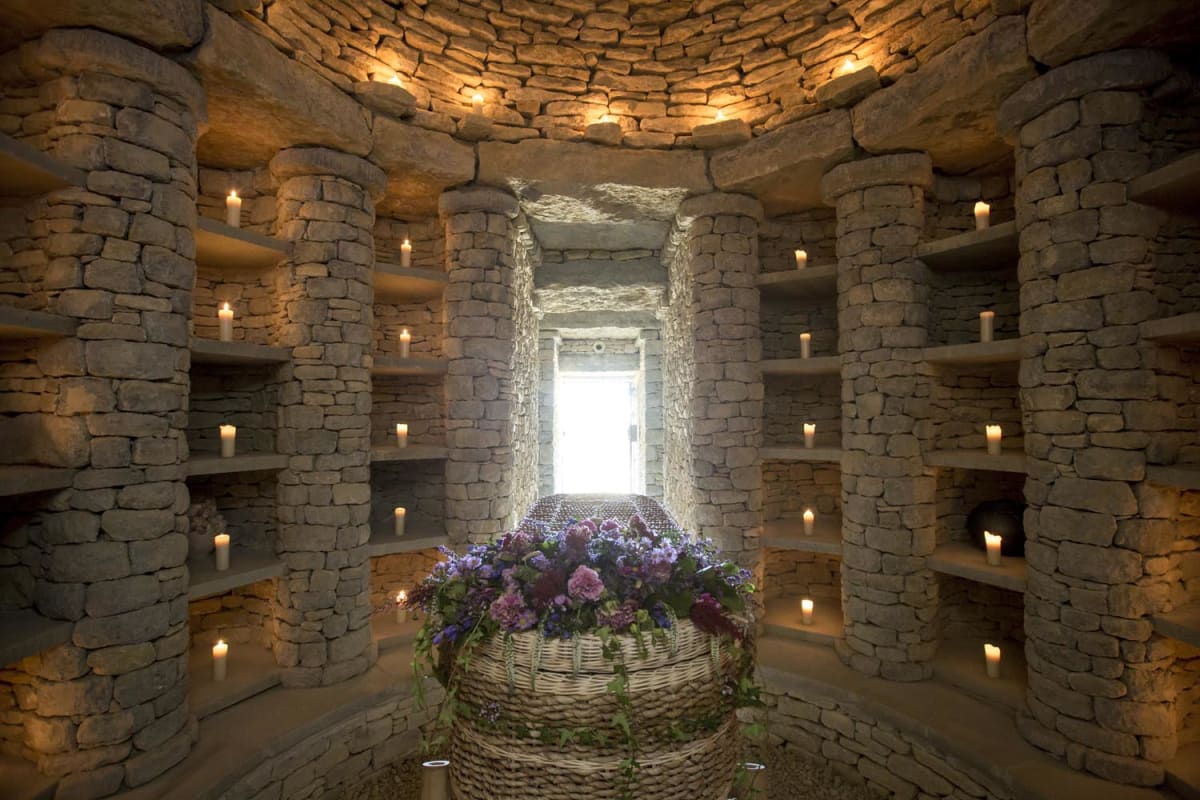 Founded in 2014, Sacred Stones began when build directors Martin Fildes and Geraint Davies created the first long barrow at the All Cannings site, as a private commission from farmer and Stonehenge steward Tim Daw.
Founded in 2014, Sacred Stones began when build directors Martin Fildes and Geraint Davies created the first long barrow at the All Cannings site, as a private commission from farmer and Stonehenge steward Tim Daw.
Inspired by the amazing response to the All Cannings long barrow from the public, and by the sheer contrast to their collective “impersonal, brief” experiences of services held by crematoria, Martin launched the business with Toby Angel, Mark Davis and Geraint that year.
The second barrow, near St Neots in Cambridgeshire, was completed in 2016. A third location in Shropshire is under construction this year, and a fourth is expected to be announced very soon.
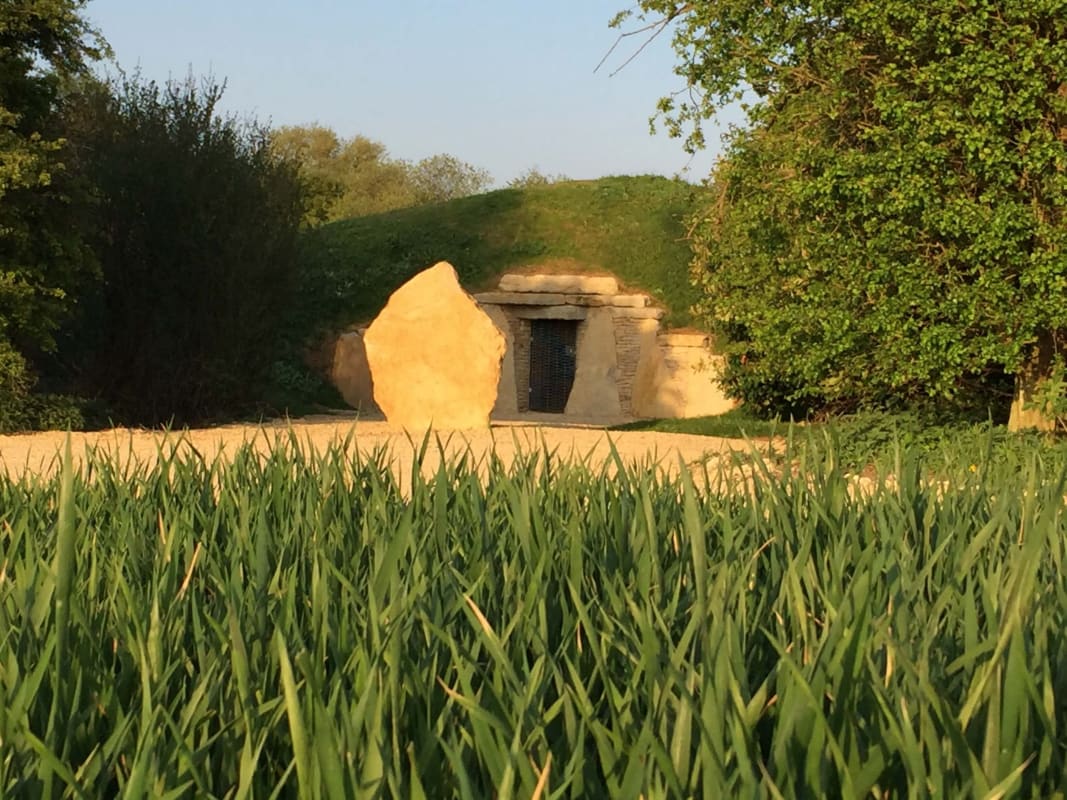 “We wanted simply to provide the community with an alternative, secular, space,” says Toby, who is managing director at Sacred Stones.
“We wanted simply to provide the community with an alternative, secular, space,” says Toby, who is managing director at Sacred Stones.
Rather than the usual experience at a crematorium, which is, Toby explains, often characterised by queues and awkward meetings in the car park, the barrow is “not just a space that acts as a physical repository for ashes, but also one that provides a calm and natural environment to commune, memorialise, educate and ultimately (and this is our goal) celebrate life.
“We’ve created a space with a historic angle, but really it’s an environment that helps express an innate desire in human beings, and that’s the need to be together and to share.”
“Entirely flexible. Without prescription.”
 The Sacred Stones barrows are similar in look and feel to their original counterparts. Like the Neolithic barrows, they combine inner chambers for the interment of remains (in this case, ashes) with an outdoor space for ceremonies. The look and feel are both very natural, with each barrow blending in seamlessly with the landscape. Inside the chambers, niches for urns are lit by small votive candles.
The Sacred Stones barrows are similar in look and feel to their original counterparts. Like the Neolithic barrows, they combine inner chambers for the interment of remains (in this case, ashes) with an outdoor space for ceremonies. The look and feel are both very natural, with each barrow blending in seamlessly with the landscape. Inside the chambers, niches for urns are lit by small votive candles.
Despite the traditional form of the Sacred Stones barrows, the company’s outlook on how the space should be used is very open.
“Our approach is entirely flexible. Without prescription. We facilitate and assist,” Toby explains, adding that families are free to book the venue for a service without any time constraints or any rules or expectations for the structure of the funeral service.
“Family involvement – so, crafting and creating your own service, ceremony, experience, or ritual – that empowerment is relatively new, and is undoubtedly welcome. People love it.”
 Plaques and covers for the urn niches are completely custom, with many choosing carvings personal to the departed. The Flying Scotsman appears on one engineer’s niche, which his grandchildren visit every month.
Plaques and covers for the urn niches are completely custom, with many choosing carvings personal to the departed. The Flying Scotsman appears on one engineer’s niche, which his grandchildren visit every month.
The Sacred Stones team in the past have served mulled wine and set up fire baskets to keep guests warm at a service. Families are free to hold very formal funerals, or relaxed gatherings. As Toby says, “all we do is ‘empower’ families to choose for themselves.
“[You can] host funerals at a barrow with or without a coffin. Host memorial events informally or be as formal as you wish, with or without a celebrant or faith leader. Bring a brass-band, or a mobile fish and chip van. It’s not our service, it’s the family’s. We simply facilitate.”
“It gives a sense of belonging, ownership, connection.”
In fact, Toby and the team have been surprised – and inspired – by the way families and local communities have made the sites their own.
 The site at Shropshire has inspired paintings by a local artist, who has created a kind of barrow-nymph, a small figure who appears in every piece. A poet has begun composing poetry about the barrows. And, interestingly, families often arrive at the barrows in progress to assist with the build – just as the local community once would have banded together to create the original barrows.
The site at Shropshire has inspired paintings by a local artist, who has created a kind of barrow-nymph, a small figure who appears in every piece. A poet has begun composing poetry about the barrows. And, interestingly, families often arrive at the barrows in progress to assist with the build – just as the local community once would have banded together to create the original barrows.
“It gives a sense of belonging, ownership, connection and a sense of permanence,” Toby says. “To prepare for a funeral – physically, mentally and spiritually – is a very healthy thing to do, I think, and I guess that’s what being part of the build process has done for the folk who’ve chosen to do it. It has been extraordinary.”
So, what’s next for Sacred Stones? Toby says that 10 new sites are in the works in the UK, while two others are being considered in the US. The team are building relationships with celebrants, death doulas and others in the industry who share their belief in a more open, personal and flexible approach. But, Toby says, what happens to the barrows is really up to local communities:
“Building a barrow is very exciting, but once we’ve finished it’s rather melancholy, because we have to let go and give it to the community. While we are still guardians of the site, we’re essentially giving it to them. The community will determine how they will use it – and how their children and grandchildren will use it, as well.”
Want to find out more about Sacred Stones’ work? You can visit their website at http://www.sacredstones.co.uk, or visit one of the sites on an open day. The next is on Sunday 19th August, at the Willow Row site in Cambridgeshire.

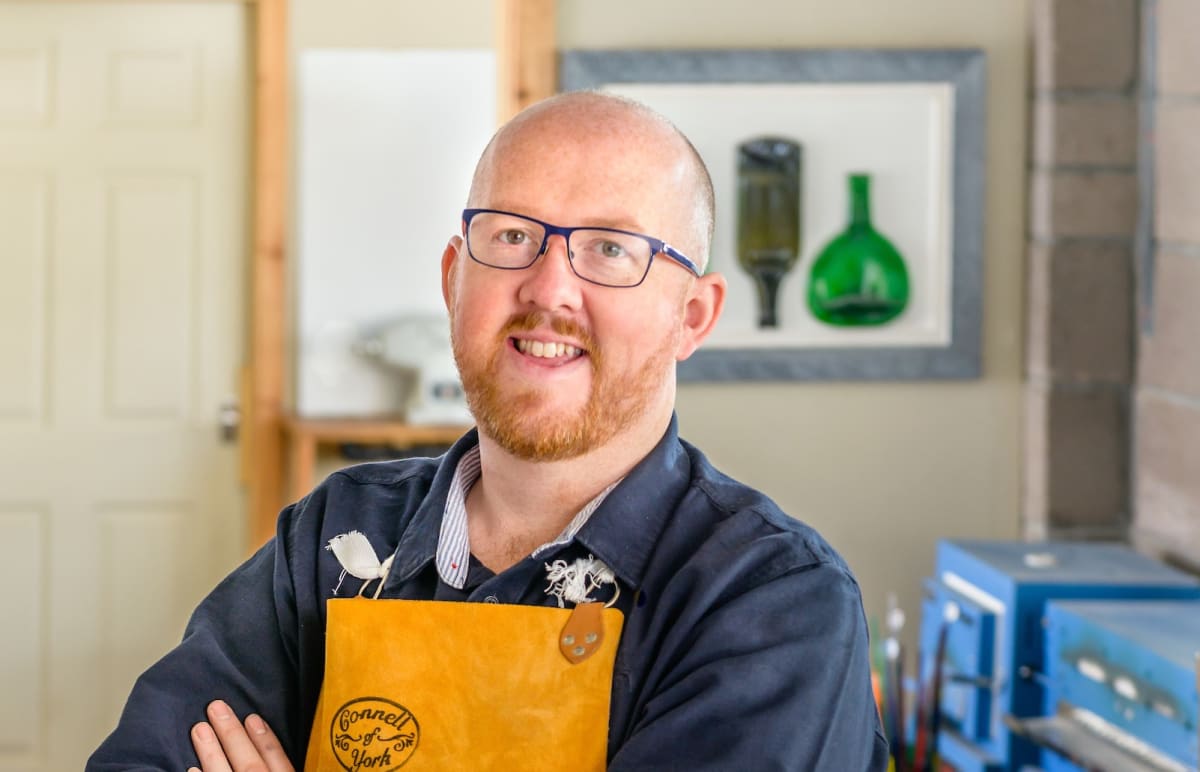


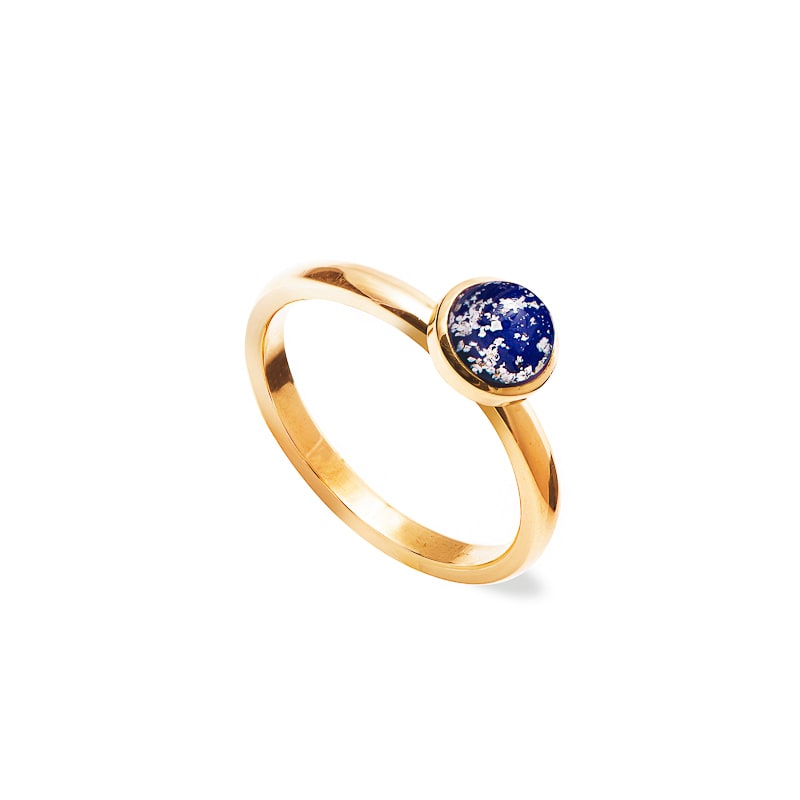
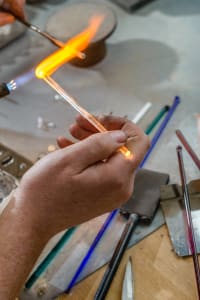
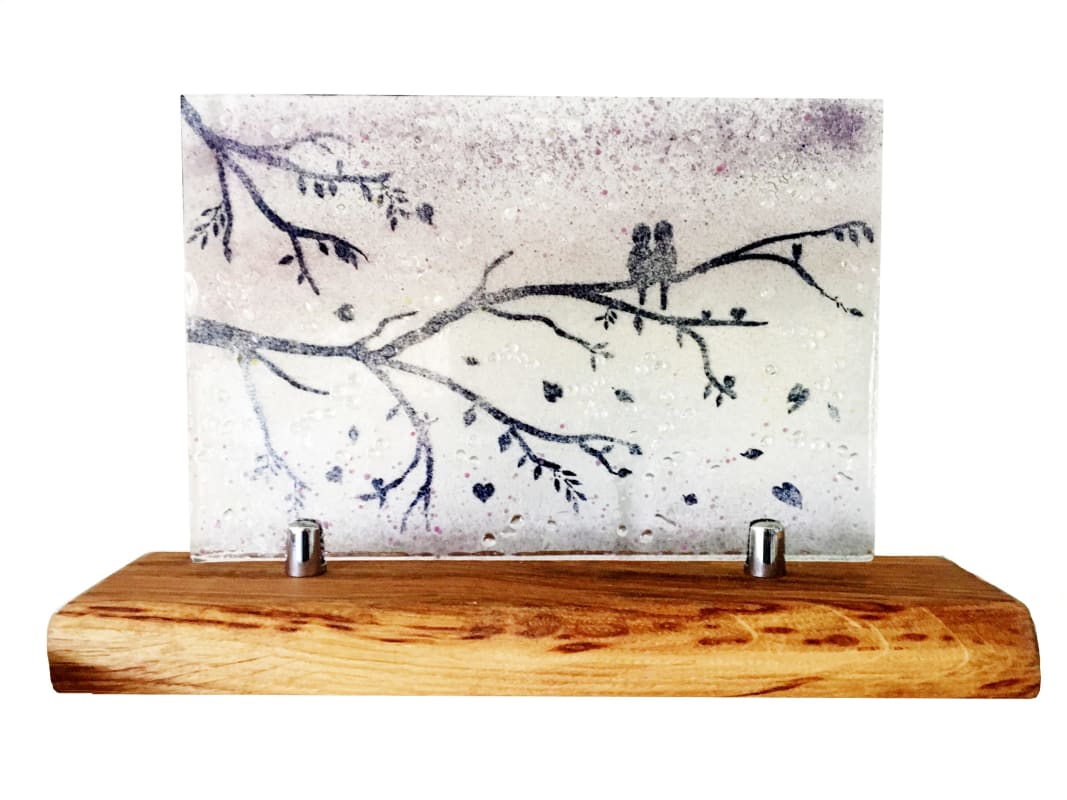
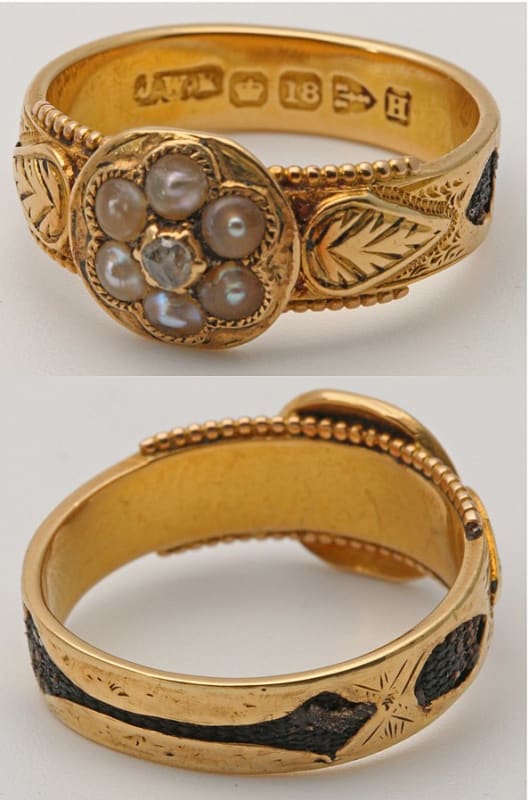


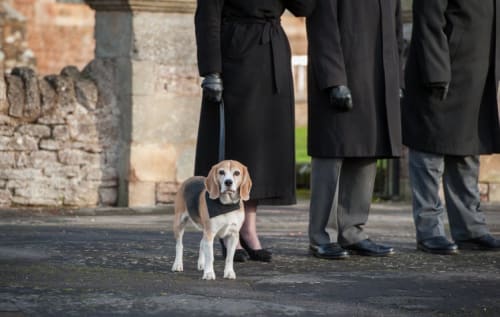
Looks amazing.
I would be very interested to have my ashes put inside one like this . Can you tell me were I can reserve a space
Hi Anita,
Please feel free to get in touch with Sacred Stones (https://www.sacredstones.co.uk/) on 01234 780 280
We hope this help!
The Beyond Team